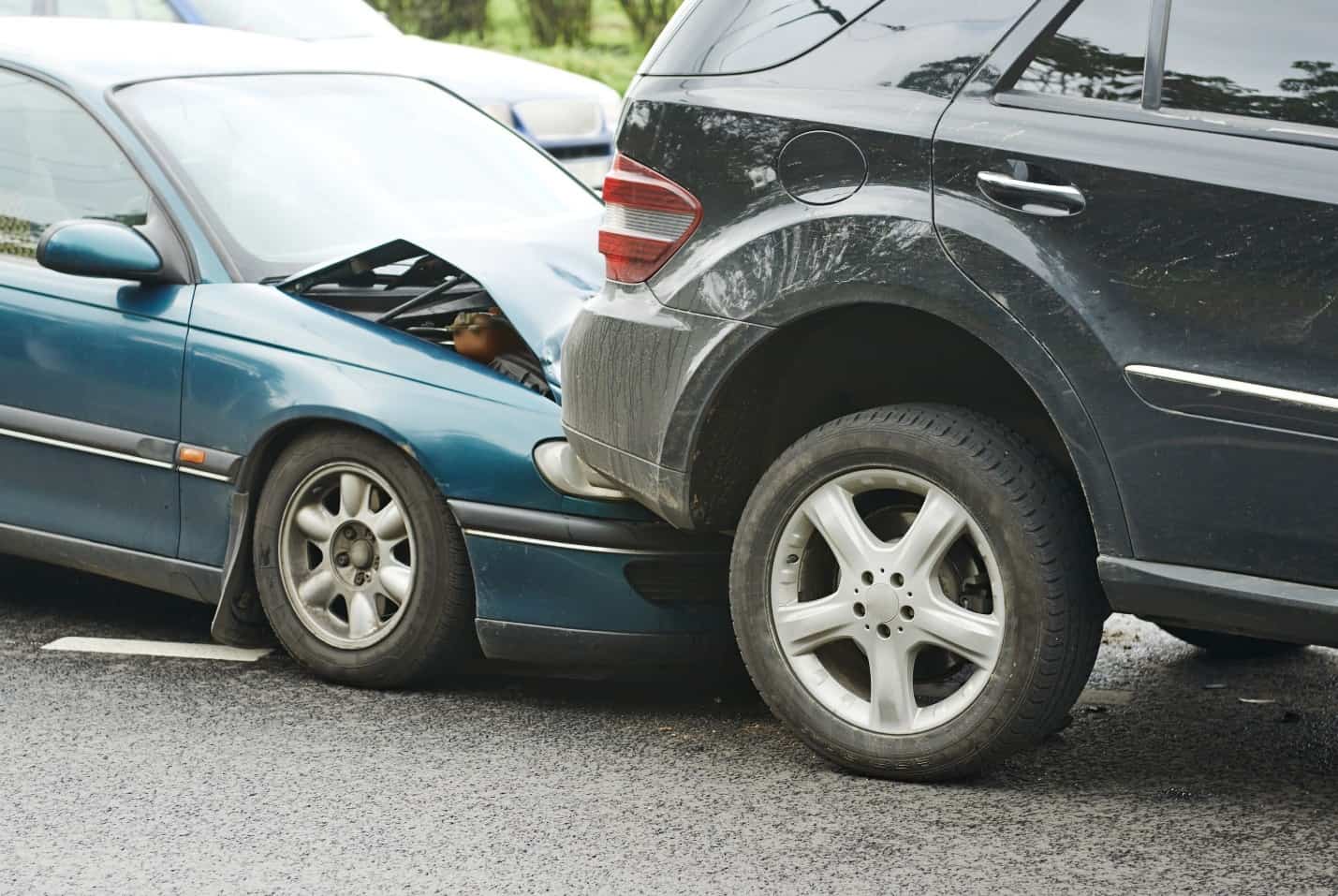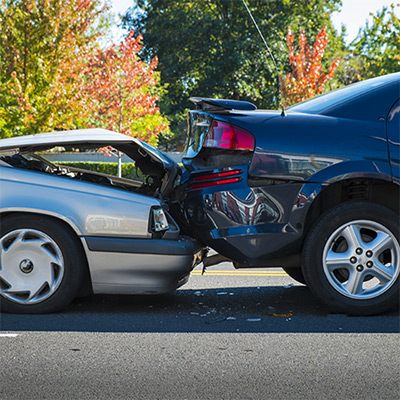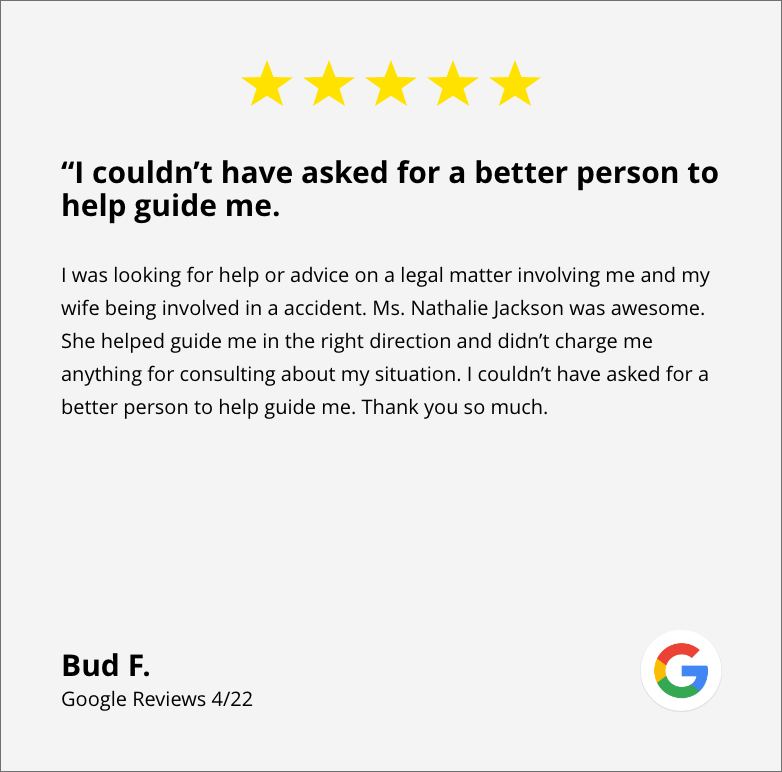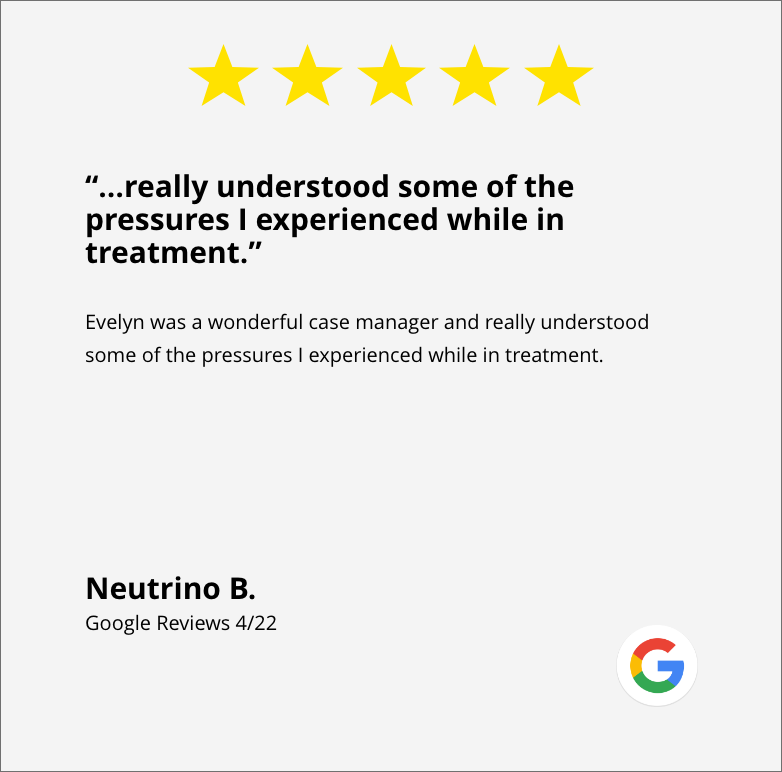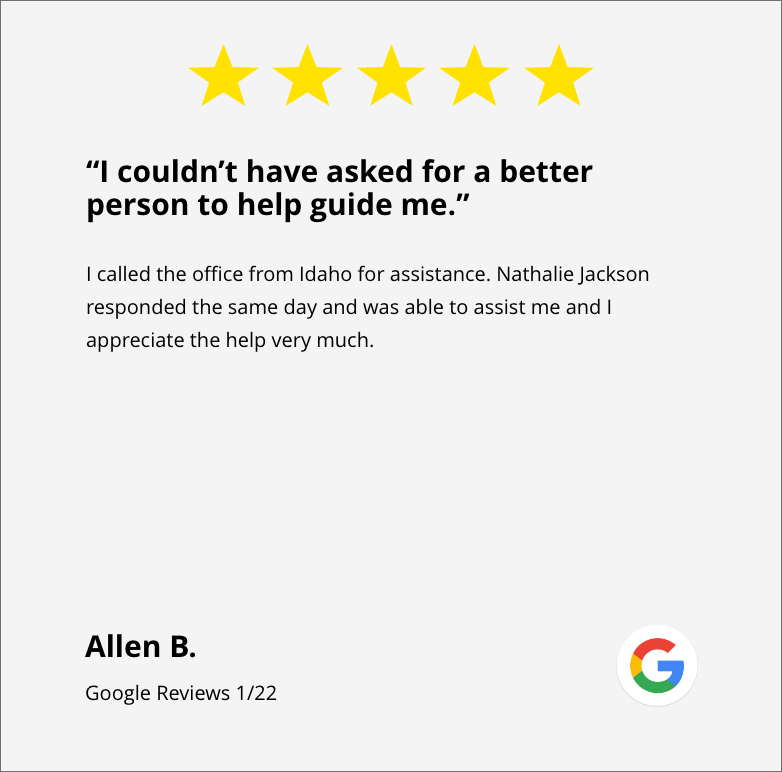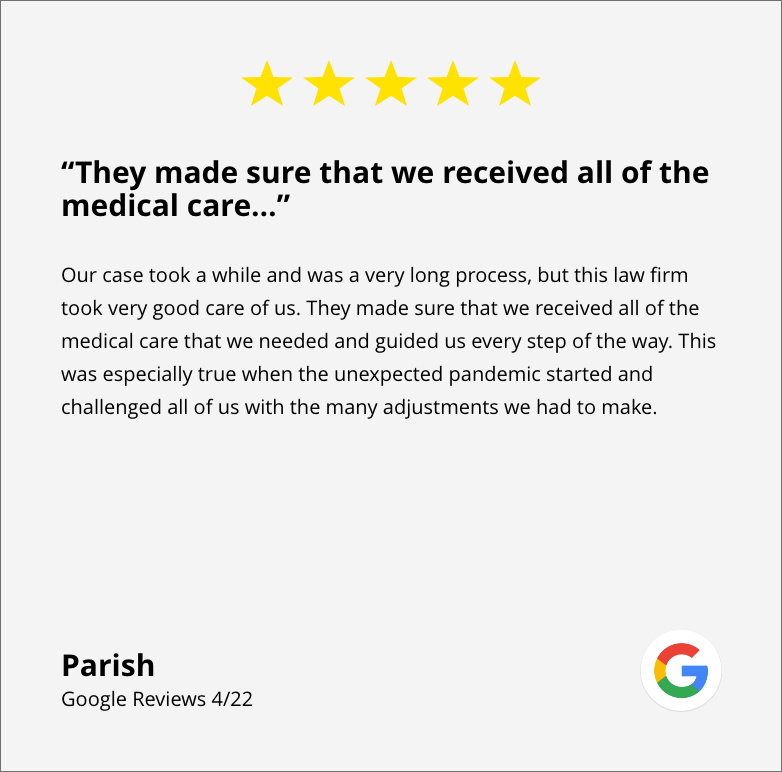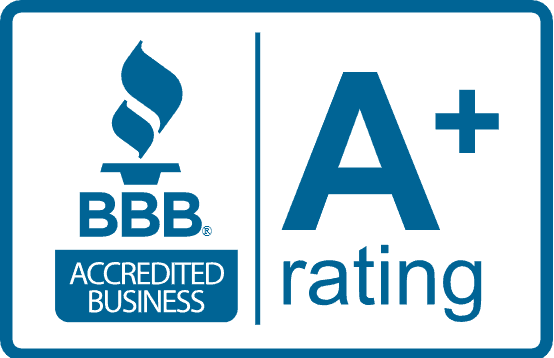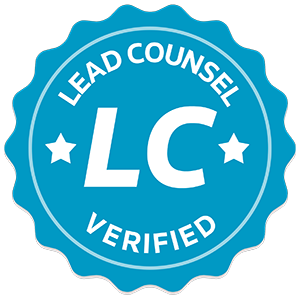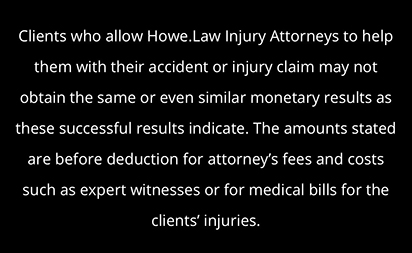
Experiencing an accident involving a drunk driver, particularly in a drunk driver hit and run scenario, can be a traumatic and confusing event. Understanding your rights and responsibilities is crucial to effectively handling the situation and ensuring you receive the justice you deserve.
This article will cover essential steps to follow if you find yourself in this unfortunate circumstance. With the right guidance, you can navigate the complexities of legal claims and ensure the best possible outcome.
Understanding the Basics of a Hit-and-Run
Before deciding what to do, grasping the basic concepts surrounding a hit-and-run is vital. These incidents typically involve a driver leaving the scene after causing an accident and failing to provide contact or insurance information to those affected.
Definition of a Hit-and-Run
A hit-and-run is defined as a situation where the driver involved in an accident fails to stop and identify themselves to the other party.
The sad reality is that these incidents can lead to physical injuries, emotional distress, and significant financial burdens, often involving complicated legal matters.
Victims may face mounting medical bills, vehicle repair costs, and lost wages due to time taken off work for recovery. The emotional toll can also be profound as victims grapple with feelings of vulnerability and insecurity following such a traumatic event.
Legal Consequences for the Culprit
The legal repercussions for a driver fleeing the scene of an accident vary by jurisdiction, but they typically include severe penalties. These may involve fines, points on their driving record, and potential imprisonment, especially if the accident results in serious injuries or fatalities.
In many states, the law treats hit-and-runs with particular severity, reflecting drivers’ moral obligation to assist those they may have harmed.
Additionally, the legal system often considers the incident’s intent and circumstances, further complicating the case against the fleeing driver.
Moreover, a hit-and-run can also increase the insurance premiums for the responsible driver, and finding car insurance coverage in the future may become significantly more challenging.
Insurance companies view hit-and-run incidents as a serious breach of responsibility, which can label the driver as high-risk. This classification affects their ability to secure affordable coverage and may lead to difficulty obtaining loans or financing for future vehicle purchases.
The long-term consequences of such an incident can ripple through various aspects of a driver’s life, making it crucial for individuals to understand the importance of accountability on the road.
Immediate Steps to Take Post-Accident
Your immediate response to a hit-and-run incident can profoundly impact the situation’s outcome. Therefore, it is essential to prioritize your safety and follow appropriate procedures.
Ensuring Personal Safety
First and foremost, ensure your safety and the safety of any passengers. If necessary, move to a safe location away from traffic. Take a moment to assess any injuries and seek medical attention if needed.
If possible, check on the well-being of anyone else involved in the accident. Be cautious of your surroundings and consider exiting your vehicle only if it is safe. It’s also wise to turn on your hazard lights to alert other drivers of your situation, which can help prevent further accidents.
If you have a phone, take a moment to capture the scene with photographs, including any damage to vehicles and the surrounding area. These images can serve as valuable evidence later on.
Contacting the Authorities
Once you have ensured your safety, promptly contact the local authorities. Reporting the incident is crucial, as it generates an official record and enables the police to respond and investigate.
When speaking with the police, be honest and provide as much detail as possible about the accident, including vehicle descriptions, license plate numbers, and any apparent driver characteristics you observed before they fled.
It’s also important to gather contact information from any witnesses who may have seen the event unfold. Their accounts can provide additional perspectives that might be crucial for the investigation.
If you have a dashcam or any other recording device, make sure to share that footage with the authorities, as it can offer irrefutable evidence of what transpired during the incident.
Gathering Essential Information

After addressing immediate safety concerns and contacting law enforcement, the next step is to gather all relevant information about the incident. This is essential for legal and insurance purposes.
Identifying Witnesses
Collecting their names and contact information could be beneficial if there were witnesses to the accident. These individuals may be able to provide statements that support your account of the incident.
If you have a smartphone, consider asking witnesses if they are willing to share their phone numbers so you can contact them later. It’s also wise to ask them if they would be comfortable providing a written statement on the spot, as memories can fade over time.
The more detailed accounts you have, the stronger your case will be.
Documenting the Scene
Photograph the accident scene, including vehicle damage, road conditions, traffic signals, and relevant surroundings. This documentation can help provide clarity and evidence during subsequent investigations.
Additionally, if any debris from the accident is present, capture images of it. This documentation can be invaluable later when dealing with insurance claims or legal proceedings.
Moreover, consider making notes about the time of day, weather conditions, and any other factors that might have contributed to the incident. This contextual information can be crucial in understanding the accident’s circumstances and may help clarify liability issues.
Furthermore, if you have access to a dashcam or any other recording device, review the footage to see if it captured the moments leading up to the incident. This can provide an objective perspective that may be beneficial in resolving disputes.
Remember to organize and easily access all gathered information, as you may need to refer to it during discussions with your insurance company or legal representatives.
Dealing with Insurance Companies
Notifying your insurance company about the hit-and-run incident is a critical step that should not be overlooked. It initiates the claims process and can help protect your interests.
Reporting the Incident
When reporting the incident to your insurance provider, be prepared to provide the details gathered during and after the accident. Include what happened, a description of the other vehicle if known, and any other information you collected, such as witness testimonials.
Be sure to follow your insurer’s protocols and provide any necessary documentation to facilitate your claim. It is advisable to ask specific questions about how hit-and-run situations are handled under your policy.
Additionally, consider documenting your own injuries and vehicle damages with photographs, as visual evidence can significantly bolster your case. If you have a police report, be sure to reference it, as it serves as an official record of the incident that can lend credibility to your claim.
Navigating the Claims Process
Understanding the claims process in the aftermath of a hit-and-run can be daunting. Typically, your insurer will investigate the claim thoroughly by reviewing police reports and any eyewitness accounts.
Remember, your uninsured motorist coverage may apply if the driver cannot be identified. Understanding the terms of your policy is crucial to determining the next steps in receiving compensation for damages and injuries.
In some cases, insurers may require additional information or even a recorded statement, so be prepared for this possibility.
Keeping a detailed log of all communications with your insurance company, including dates, times, and the names of representatives you speak with can be invaluable if disputes arise later.
This organized approach helps you manage your claim and ensures that you have a clear record of your interactions should you need to escalate the matter.
Seeking Legal Assistance
Given the potential complexities of hit-and-run cases, seeking legal assistance may be wise. Understanding your rights under state laws is crucial to ensuring fair treatment in the aftermath.
Each state has its own set of regulations regarding hit-and-run accidents, which can significantly impact how your case is handled.
For instance, some states may have specific provisions allowing victims to claim damages from their insurance policies even when the at-fault driver is unidentified. Familiarizing yourself with these nuances can be advantageous as you navigate the legal landscape.
When to Hire a Lawyer

Consulting with a legal professional is particularly important if there were significant injuries or if your insurance company is unresponsive or denies your claim. A lawyer can guide you in navigating insurance negotiations and represent you if legal action is required.
Additionally, if you are having trouble obtaining necessary medical treatment due to the accident, a lawyer can help you advocate for your rights and ensure that you receive the care you need.
They can also help you understand the potential for compensation for lost wages, pain and suffering, and other damages that may result from the incident.
If the police investigation stalls or you feel overwhelmed by the process, consider hiring a lawyer. They can help you gather the necessary evidence to support your case and give you peace of mind during this stressful time.
Furthermore, a skilled attorney can help you identify and interview witnesses, collect surveillance footage, and compile expert testimony, all of which can strengthen your case significantly.
Their experience in similar cases can provide you with insights that you may not have considered, making it easier to build a compelling argument.
Preparing for Legal Proceedings
If you need to pursue legal action, you must prepare adequately. Begin by collecting all documentation related to the accident, including police reports, medical records, and insurance correspondence.
Keeping a detailed journal of your recovery process, including any physical or emotional challenges you face, can also be beneficial. This record can serve as a powerful tool in demonstrating the impact of the accident on your life, which can be crucial in negotiations or court proceedings.
Your attorney will likely advise you on specific preparations for any court appearances. This includes what to expect, how to present your case, and strategies for addressing possible defenses from the other party.
It’s also important to be mentally and emotionally prepared for the process, as legal proceedings can sometimes be lengthy and taxing. Engaging in self-care practices and seeking support from friends or family can help you maintain your well-being as you navigate this challenging time.
Those involved in a hit-and-run caused by a drunk driver need to remain informed and responsive to the situation. You can navigate this challenging scenario more effectively with proper knowledge and proactive steps.
Conclusion
Staying in close communication with your attorney and being proactive about your case can help ensure that you make informed decisions at every step. Remember, you don’t have to navigate this process alone support is just a call away.
At Howe Law, we’re here to help you untangle the legal maze and fight for the justice you deserve. Contact us today or call 888-559-7612 for a free consultation. Available 24/7, we’re ready to guide you whenever you need us.
Related Articles

